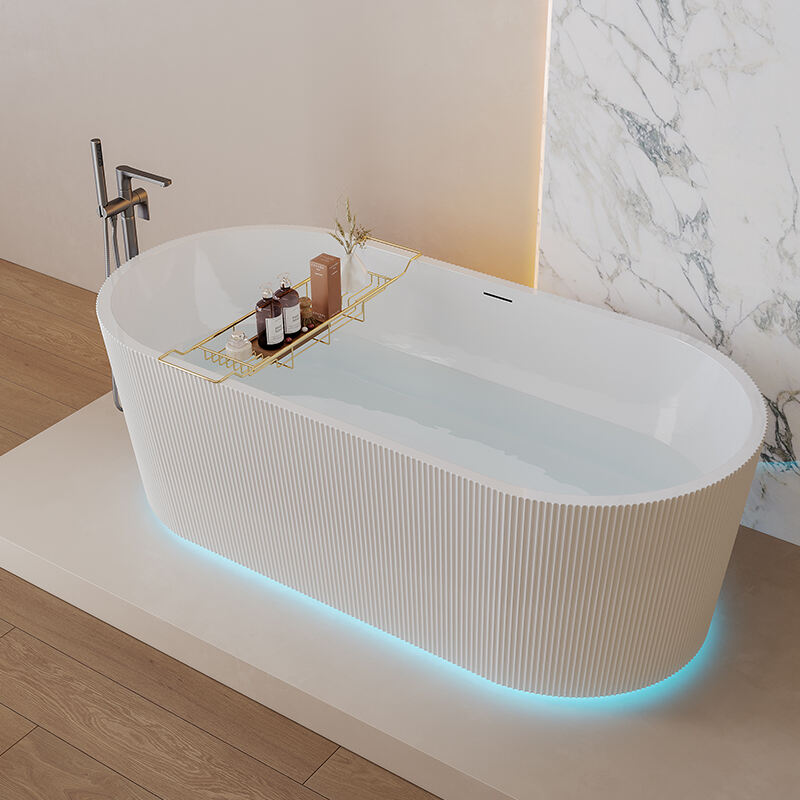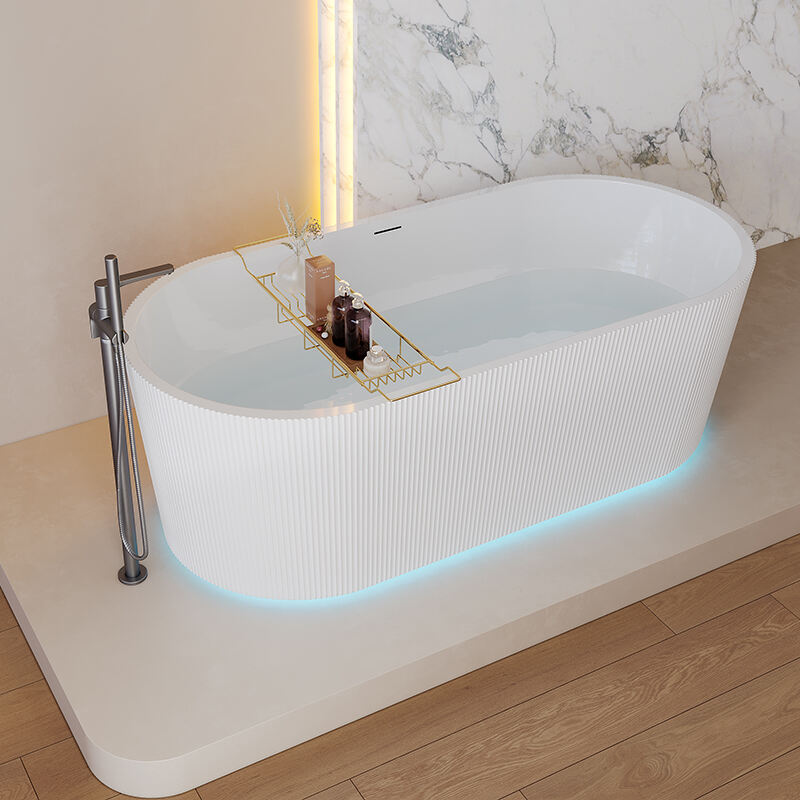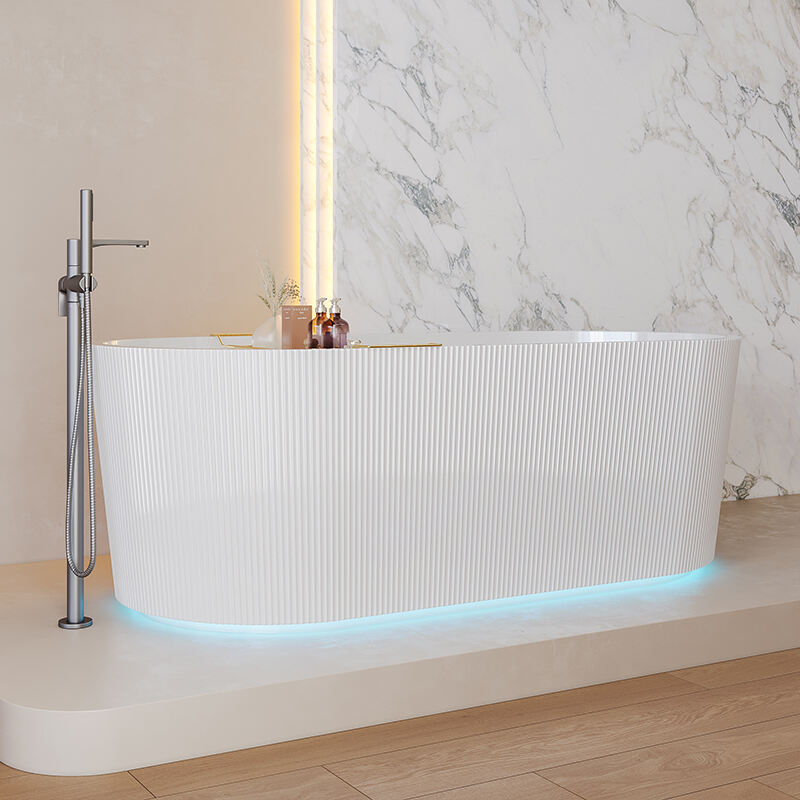tub prices
Tub prices vary significantly in today's market, reflecting diverse materials, features, and installation requirements. Entry-level acrylic tubs typically range from $200 to $800, offering basic functionality and durability. Mid-range options, priced between $800 and $2,500, incorporate enhanced features like whirlpool jets or chromotherapy lighting. Premium tubs, ranging from $2,500 to $10,000 or more, showcase luxury materials such as copper, stone, or premium acrylic blends. Installation costs typically add $500 to $3,000, depending on complexity and location. Smart tubs, featuring digital controls and customizable settings, generally fall in the $3,000 to $7,000 range. Freestanding tubs command higher prices due to their architectural appeal and installation flexibility. Walk-in tubs, designed for accessibility, range from $2,000 to $8,000, incorporating safety features and therapeutic options. The market also offers specialized options like Japanese soaking tubs ($1,500-$5,000) and air jet tubs ($1,000-$4,000). These price variations reflect manufacturing quality, brand reputation, warranty coverage, and innovative features that enhance the bathing experience.


